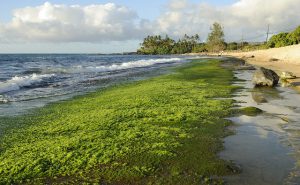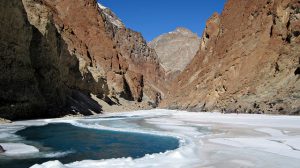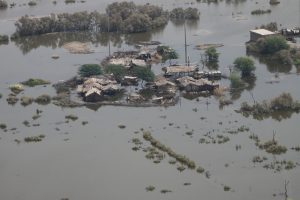Most of China’s coastal waters are heavily polluted according to the China's State Oceanic Administration in its annual report released today.
Of coastal areas monitored in 2014, 81% were heavily contaminated, with pollution concentrated in the Yangtze estuary and Pearl River deltas.
The report paints a grim picture of the deteriorating state of China’s marine environment. The main culprits for this demise are “environmental pollution, human destruction and over extraction of resources” according to the government report.
Over half of the 445 major pollution discharge points along coastlines failed environmental requirements, greatly compromising water quality.
The main pollutants found were inorganic nitrogen and phosphates used in fertilisers and oil and chemical waste from industry.
This report is just the latest indictment of the government’s failure to clamp down on polluters and environmental destruction despite its self-declared “war on pollution”.
Although China’s air toxic air quality keeps making the headlines, water pollution is just as urgent a problem. One-fifth of the country’s rivers are toxic, while two-fifths are classified as seriously polluted.
These fetid waters are now threatening ocean ecosystems. More than half the rivers flowing into the sea monitored by the State Oceanic Administration even failed to meet Class V standard (“seriously polluted”) — pouring 17.6 million tonnes of pollutants into the sea, a 5% increase from 2013.
Algal blooms are also on the rise. Both the number and severity of algae outbreaks have grown since 2013, according to the report. The "green tide" over the Yellow Sea this summer was the largest in five years. Algae sucks oxygen from water suffocating marine life. This phenomenon has become an annual occurrence in the region over the past six summers, causing growing alarm.
The situation in Bohai Bay, where a massive oil spill caused an environmental disaster in 2011, is apparently improving, but the ecological damage lingers on. The bay also suffers from growing problems of salt water intrusion and coastal erosion.
As a result of the degradation of China’s coastal waters, some species of fish in the East China Sea are on the brink of extinction – mangrove swamps have declined 73% and wetlands by 57% since the 1950s.
A summary of the full report is available on the State Oceanic Administration website in Chinese.








